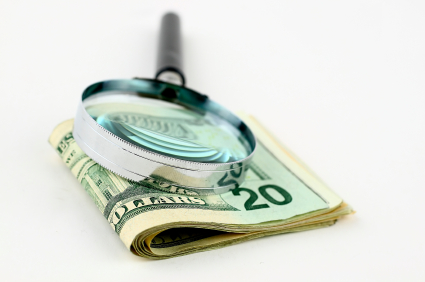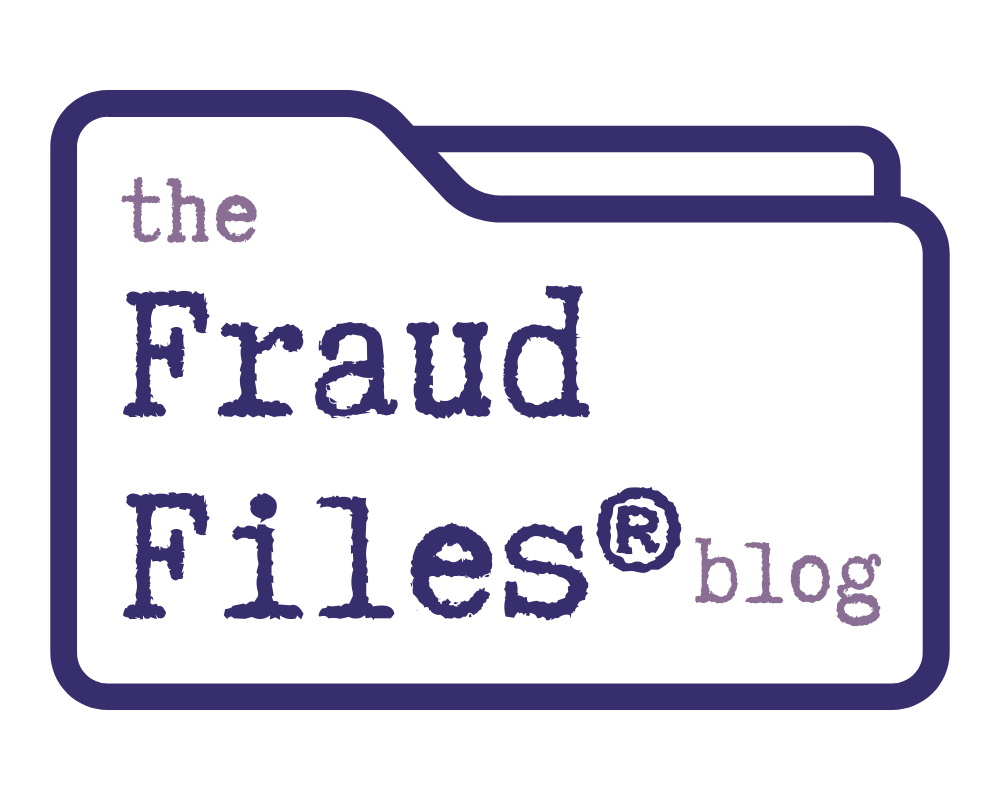
 The million dollar question in many litigation disputes, be it family law, a shareholder divorce, or other corporate wrangling, often centers around unreported income. Are there sales that aren’t being recorded on the books? Is the individual receiving cash for work done? Is revenue hidden to shield it from being considered by the court?
The million dollar question in many litigation disputes, be it family law, a shareholder divorce, or other corporate wrangling, often centers around unreported income. Are there sales that aren’t being recorded on the books? Is the individual receiving cash for work done? Is revenue hidden to shield it from being considered by the court?
It would be lovely to be able to wave a magic wand and have all the “hidden” income magically appear. Unfortunately, that’s just not going to happen in this lifetime. The search for unreported revenue and earnings is a difficult one.
It’s one thing to examine transactions that have been recorded on the books and dig into the details of those transactions. It’s another thing altogether to try to find something that isn’t even recorded on the books. Where does a fraud investigator begin?
The Motivation
The motivation for hiding revenue is often quite simple: lower revenue can mean higher claimed losses or a diminished ability to pay another party. In family law, one party may wish to decrease her or his earnings in order to avoid a higher alimony or child support order. Decreased earnings in a business interest may also serve to decrease the apparent value of a business, thereby affecting the amount that may ultimately be paid out to the spouse who is not retaining the business.
In a corporate dispute, smaller revenue may make damage claims bigger, if the damages are based upon lost revenues. A separation of shareholders may also be significantly impacted by depressed revenue because this would likely decrease the value of the business operations, and therefore affect any buyout figures.
The Methods
The most common way an employee hides earnings is by getting paid in cash and failing to report that income. In other cases, an employee may ask the employer to withhold issuing a paycheck for a period of time, with a promise to later catch up on the payroll.
I’ve seen almost non-existent paychecks with a promise of a “bonus” when litigation is complete.
For a company interested in depressing revenues, it is probably a little more complicated.
Customers need to be invoiced for products and services, so paperwork has to be created at some point. Yet it’s not difficult to follow up this paperwork with adjusting entries in the accounting system that serve to wipe out the associated revenue.
In the case of a corporation trying to conceal revenue, there typically is some sort of paper trail available. However, it’s not likely that the owner will readily produce that documentation. Obviously, if there are overt steps taken to conceal or disguise income, the perpetrator of the fraud is not likely to be forthcoming in providing documentation that shows the concealment.
How cool would it be to open a company’s accounting records and be able to immediately point out the proof that hidden income exists? That just doesn’t happen, unfortunately.
So we’re left to look for clues in the documents that are provided.
Lifestyle Analysis
For the employee who is receiving cash in lieu of a real paycheck or who is otherwise concealing wages and earnings, it can be very difficult to prove the case. Cash doesn’t leave much of a trail, and a company that is willingly participating in a fraud like this isn’t likely to offer up proof of the fraud either.
Probably the most common way to prove unreported income is through a lifestyle analysis. In a lifestyle analysis, we aim to prove that the lifestyle lived by the party exceeds the reported earnings.
The lifestyle analysis involves adding known expenses such as rent, mortgage, auto loan, credit card payments, and other items that are well-documented and easy to pinpoint a dollar figure. To this we add other estimated expenses like groceries, fuel, dining out, vacations, and other items that we know the party bought or paid for.
When the total is compared to reported or known sources of income, there may be a big gap, which can indicate unreported income. Of course, other possible sources of cash to fund the lifestyle must be ruled out, including loans, inheritances, tax refunds, and gifts. But in the absence of reasonable explanations, we’re likely left to conclude that all income has not been reported.
Expense Analysis
When a company attempts to conceal revenue, there are often clues left behind. If access to the accounting system is granted, it may be easy to see adjustments to the books and records that prove the manipulation of numbers. It’s usually not so easy, though.
Most times, we’re left looking at the financial statements with little or no detail about the numbers. Yet the financial statements can still provide interesting information. Even though a company may fail to report all revenues, they are usually still diligent about reporting all expenses. Most times a fraudster doesn’t even consider the idea of hiding some expense at the same time revenue is being hidden.
Why is this important? There are almost always expense line-items that have a predictable relationship to revenue. That is, we can see from historical financial statements that as revenue increased, costs increased in a predictable fashion, maybe as a percentage of the revenue.
A typical example of this is seen in a manufacturing company. Oftentimes, the cost of materials falls within a narrow range. Let’s make up a company, and say that the materials are 30 percent to 35 percent of revenue. If we see that during the time period in question, the cost of materials is now 55 percent of revenue, there is cause for concern. This might indicate underreporting of revenue.
Payroll is another account that often has a predictable relationship to revenue, especially if there are a large number of hourly employees. It stands to reason that those employees are only working if there is work to do, which means there is revenue coming in the door. If the payroll suddenly seems high compared to revenue, this again may signal unreported income.
Other line items that might have a close relationship to revenue include supplies, credit card fees (for a retail business that accepts credit cards), or cost of goods sold. For a service-based business such as an insurance agency or a law firm, items such as travel expenses, automobile expenses, meals and entertainment, or telephone might be indicators of the level of activity by the professionals.
Proof?
The examination of expenses and cash spending can provide valuable information about a person’s or company’s earnings. Does examining any of these items give definitive proof of hidden income? No. But they are definitely a good starting point, and the more suspicious items that are identified, the more likely you are to be onto something.
Hopefully the discovery of items that point to unreported income will help give leverage against the other party in order to help resolve the claims. Sometimes when this type of evidence is brought forth in court, it can push a case toward resolution.



